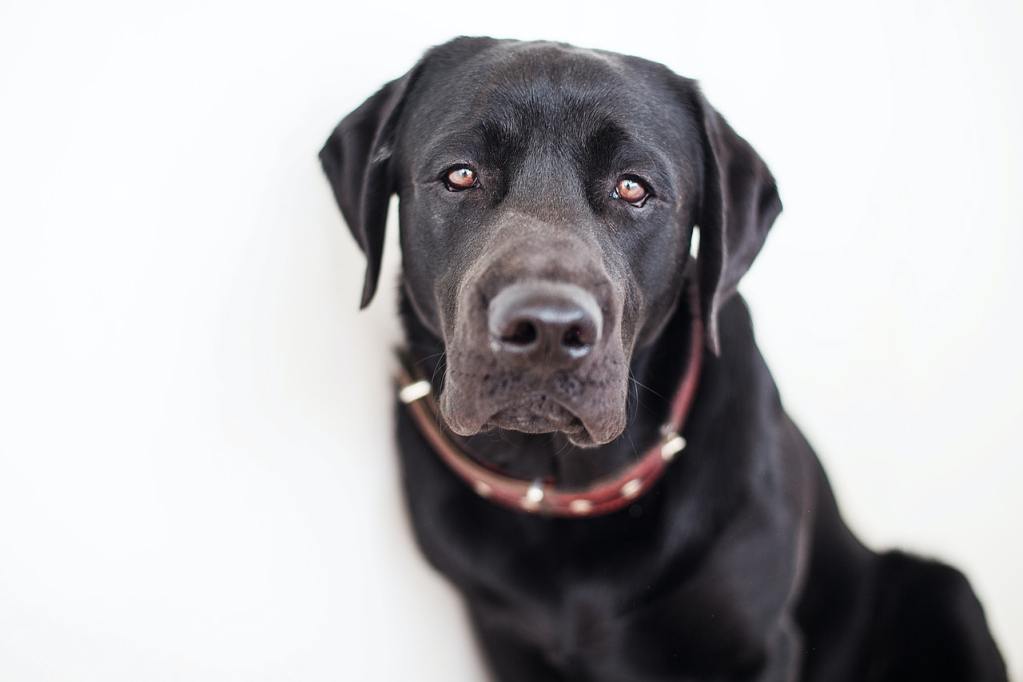
Inbreeding, or the act of deliberately breeding two related animals together, is a controversial topic. Sadly, inbreeding is all too common in the world of our canine companions. According to a veterinary study conducted by the University of California at Davis, scientists discovered an inbreeding level of roughly 25% — the same amount of genetic similarity between siblings.
Many dog breeders intentionally choose to inbreed dogs to strengthen certain physical and behavioral traits, as well as to keep the breed’s bloodline pure. But this pure bloodline comes at a cost. We’ll go over the five most common signs of inbred dogs and discuss why each is potentially dangerous for these unfortunate pups.
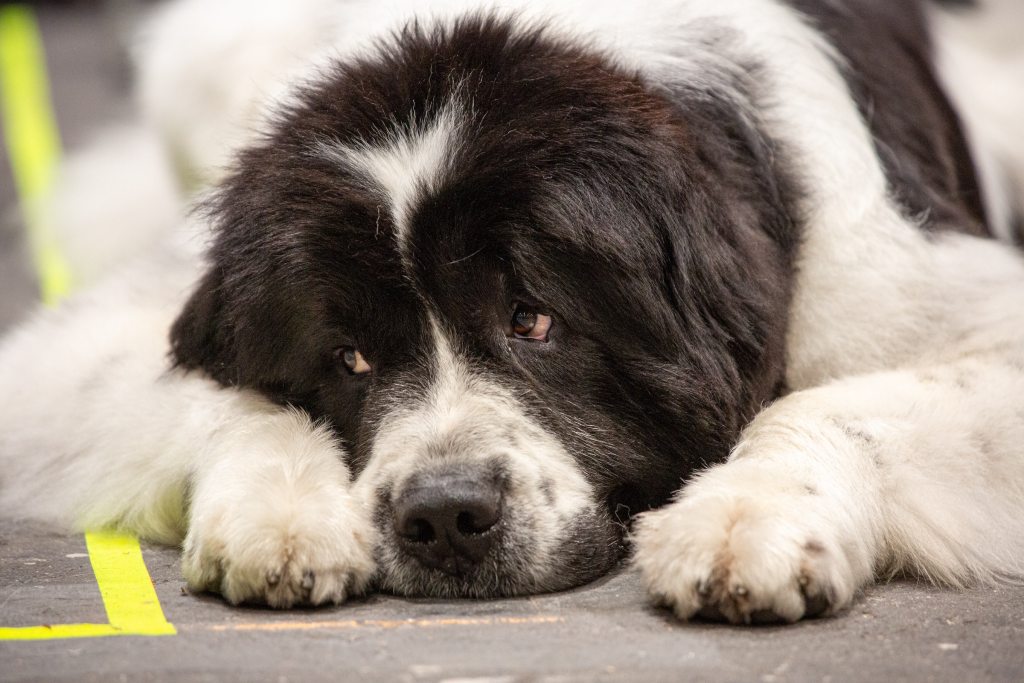
What does an inbred dog look like?
You may wonder if any of the signs of inbred dogs are easy to spot by appearance. Certain dog breeds are renowned for possessing specific traits. From the French bulldog’s precious face to the German shepherd’s trademark stance, dog breeders have relied on selective breeding for centuries. Unfortunately, some physical signs of inbreeding aren’t as endearing as the Frenchie’s stunted snout.
Inbreeding not only results in reduced litter size, but it also leaves inbred pups smaller than non-inbred dogs of the same breed. In some cases, inbred dogs have asymmetrical features, ranging from eyes of different sizes to misaligned jaws. Inbreeding also makes dogs much more likely to develop a genetically predisposed disorder at some point during their life.
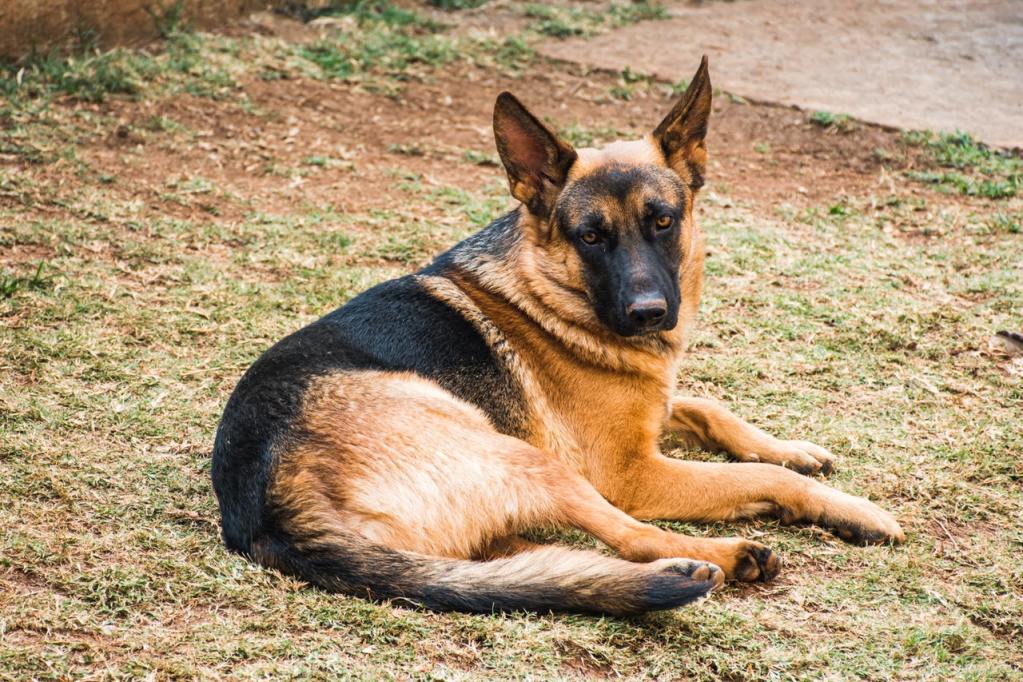
Can a vet tell if a dog is inbred?
When it comes to determining the degree of inbreeding in a given pup, the experts use a method of calculation called “the coefficient of inbreeding,” or COI, developed by Sewall Wright in 1922. The most inbred dog breeds on record are Norwegian Lundehunds, pugs, English bulldogs, basset hounds, golden retrievers, Labrador retrievers, and boxers.
Vets know the likelihood of inbreeding is high when they encounter these breeds, but genetic testing, such as this genetic COI kit, is the only way to know conclusively just how inbred your dog is. However, as we mentioned earlier, inbreeding can leave behind physical clues. If a dog from a breed known for being inbred is small for his breed, has congenital birth defects, or shows symptoms of having special intellectual needs, it’s highly likely that inbreeding is a contributing factor.
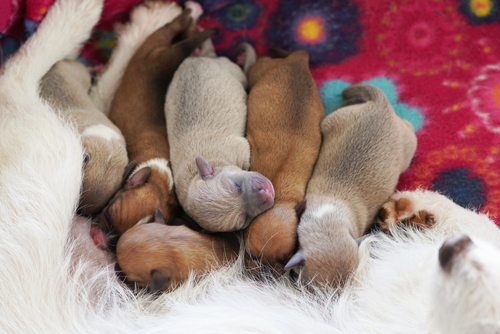
What is inbreeding vs. linebreeding?
So long as you aren’t the one breeding dogs, you don’t need to know the particulars of mating selection, but it’s good to have an idea about acceptable practices. Unlike inbreeding, linebreeding means you specifically don’t mix closely related animals. As in, you would never put together two pups from the same parents or even grandparents.
Instead, breeders look to pick dogs that have a more distant relationship but still have similar traits — it’s basically the equivalent of you marrying your second cousin. While there’s no way to totally rule out some of those negative recessive traits any time you try to mate dogs of the same breed, linebreeding certainly assuages many of the fears and can reduce the prevalence of birth defects.
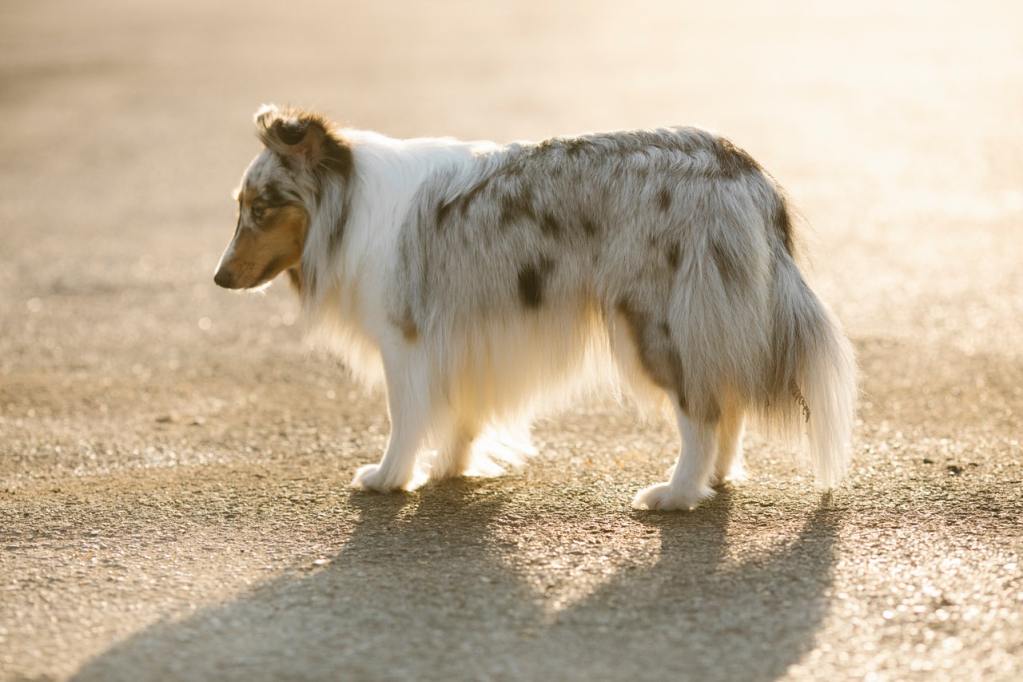
What problems do inbred dogs have?
Not only does inbreeding cause health issues, but inbred dogs are also more likely to display behavioral problems than outbred dogs. Here are the five major signs of inbred dogs.
#1: Damaged DNA makes health problems more likely
Inbreeding results in broken genetics. The three forms of harmful mutations (additive, dominant, and recessive) are easily bred out of dogs with greater generic variance, especially when it comes to a damaged sequence responsible for recessive genetic traits. With inbred dogs, a damaged — or broken — genetic sequence is passed down by both parents.
#2: Inbred dogs tend to have fertility problems
According to the Institute of Canine Biology, dog breeds with greater than 5% inbreeding are at an increased risk of reduced fertility and smaller litters. Unfortunately, there are very few dog breeds without high degrees of inbreeding. Shockingly, it’s estimated that only 20 breeds in the world have less than 25% inbreeding in their genes.
#3: The strange phenomenon called “inbreeding depression”
Inbreeding depression, known as “an unspecific decrease of fitness,” drastically reduces the quality of an inbred dog’s life, leading to higher incidents of mortality in puppies and shortened lifespans due to a weakened immune system. Common health issues include neurological conditions, skin problems, gastrointestinal matters, and joint problems, such as hip dysplasia.
#4: Inbreeding can lead to aggression
Inbred dogs tend to be less intelligent than other members of their breed, and while it’s not always the case, inbreeding can lead to higher rates of behavioral issues. Aggressive behaviors, such as rough play, snapping at or biting people or other animals, and even serious attacks are all more common in inbred dogs.
#5: Inbred dogs are more likely to suffer from anxiety
In addition to aggressive behaviors, inbred pups are more likely than other dogs to have personality disorders. Severe separation anxiety, impulsive behaviors (compulsively chasing vehicles or running out into the street), fearfulness, and even a complete lack of affection for their human family are all more common in inbred dogs.
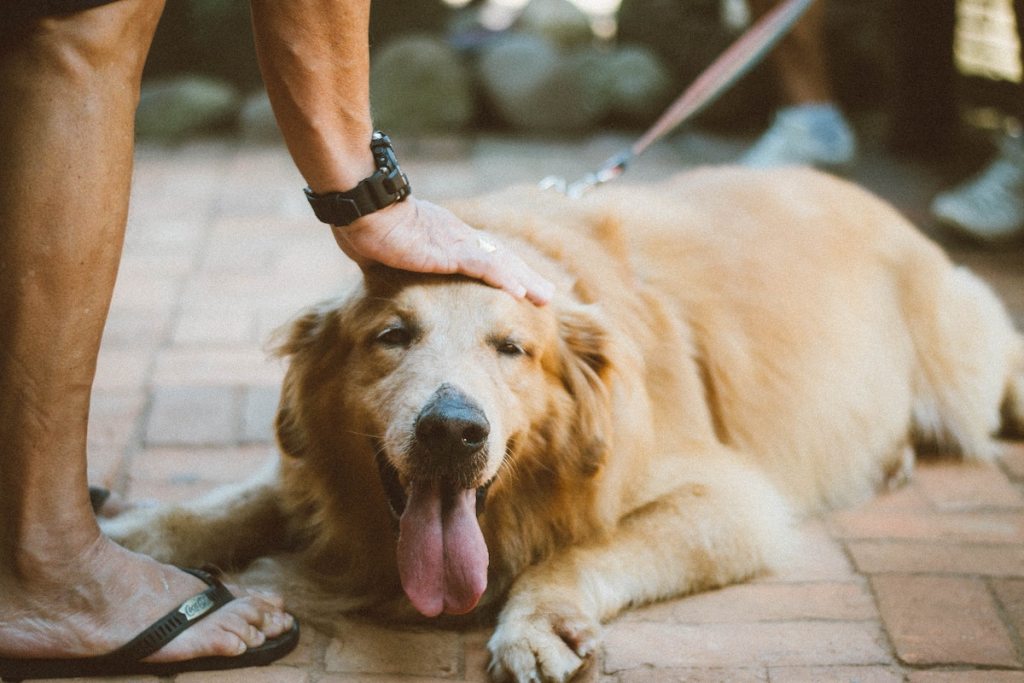
Do inbred dogs live long?
That’s relative. However, inbreeding does shorten a dog’s life, according to research. A recent study from 2021 found that there were significant differences in life span between pups that had low levels of inbreeding versus ones with high levels of inbreeding. Other estimates put the reduction in the life span of an inbred dog at 6 to 10 months shorter than had they not been inbred.
What’s more, inbred dogs are more likely to have health problems that can decrease the number of years you have with them. You can’t always control whether your dog is inbred — all you can do is give them the best life possible and keep an eye out for health issues. However, it’s best to avoid contributing to the issue of inbreeding.
While many dog breeds have high degrees of inbreeding, some are worse than others. If you want to ensure that your new pup is as healthy and well-adjusted as possible, we recommend thoroughly researching breeders and requesting a genetic COI before you purchase a puppy. Another great idea? Try your local animal shelter. You’d be surprised by how many purebred dogs you can find right around the corner. (And don’t forget about mutts! Some of the best dogs are mixed breeds.)



